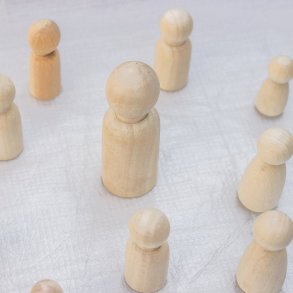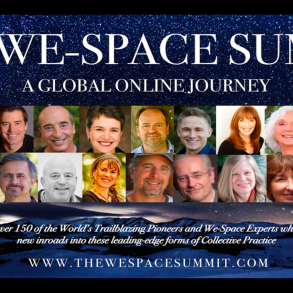By Ted Rau and originally published in an email, a press release, and on LinkedIn.com
In four weeks, Sociocracy for All will be ready to publish a new book that I wrote. The book will be called Collective Power. Patterns for A Self-organized Future.
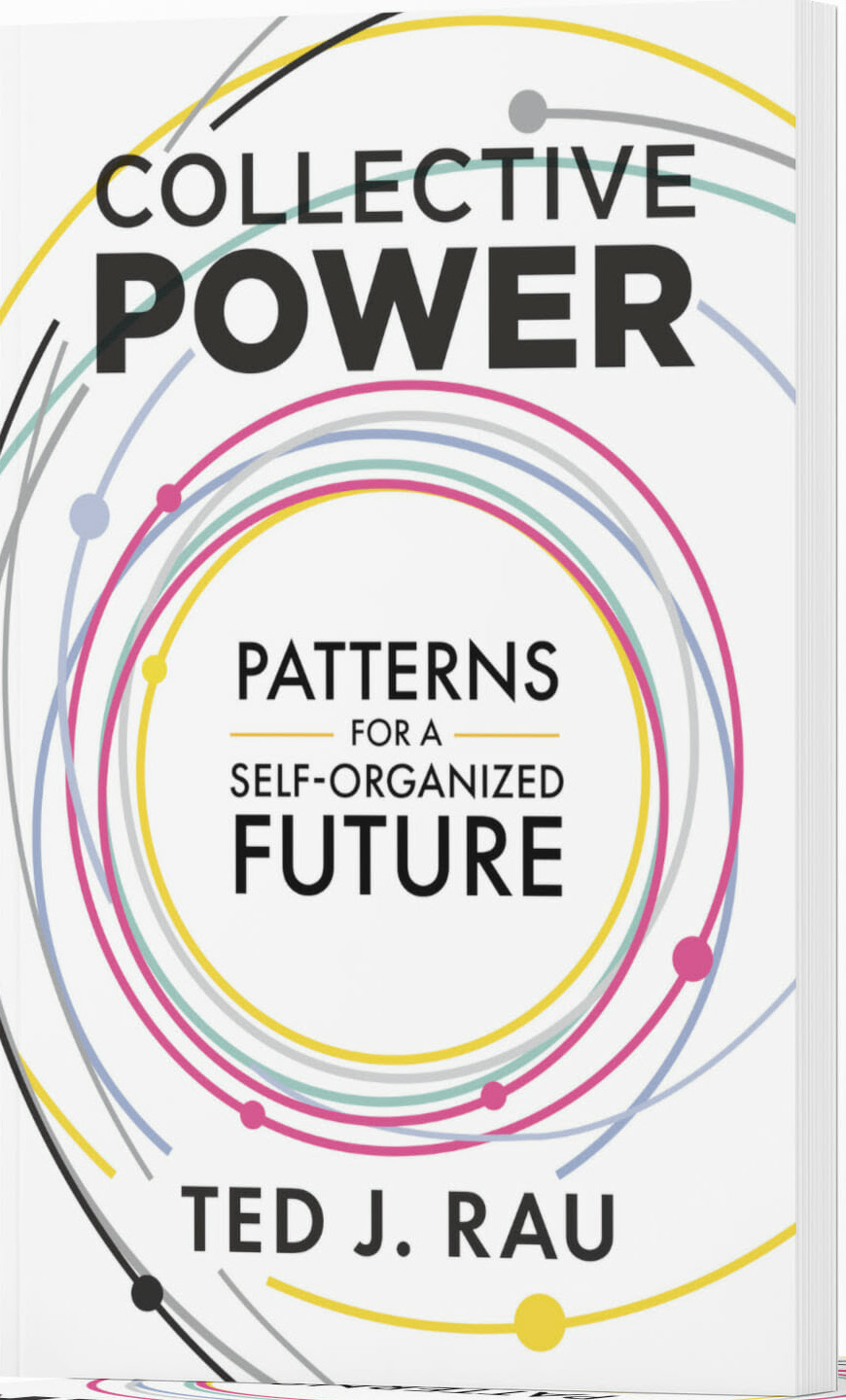 What “Collective Power” is
What “Collective Power” is
The intention of the book is to show the underlying patterns of collaboration in groups. The better we understand the patterns of cooperation, the better we can design systems where humans thrive.
Those conceptual parts are intermixed with stories. People often say, “This was a great training, but the stories you tell were the best!”
The book has about 91 stories from self-management, all fitting the topics! Lots of opportunities to learn from others’ successes – and mistakes!
What “Collective Power” isn’t
This book is not a new methodology!! Please, not another solution to “fix everything.”
Instead, this book puts existing self-management practices and tools into a bigger context so people can understand what ingredients we need so a system works.
Collective Power provides a guide to improving collaboration, connection, and collective action. Drawing on interdisciplinary research and real-world examples, the book examines group dynamics on the level of individuals, teams, organizations, movements, and society as a whole.
The key insight is that two forces are always at play: competition versus cooperation, and autonomy versus interdependence. By intentionally designing governance structures that balance these polarities, we can foster innovation and personal agency while also enabling trust, shared purpose, and collaborative synergy. Decision-making and organizational designs can work without coercive power, building on shared power, or power-with.
Readers will learn frameworks to cultivate self-organization, make group decisions, and leverage the strengths of both centralization and decentralization in their teams and organizations.
Collective Power offers inspiration and practical tools to help groups and organizations of all kinds work together more effectively. In a time of polarization, individualism, and disconnection, this timely book provides guidance on how we can use governance to build a society that honors both personal and collective power.
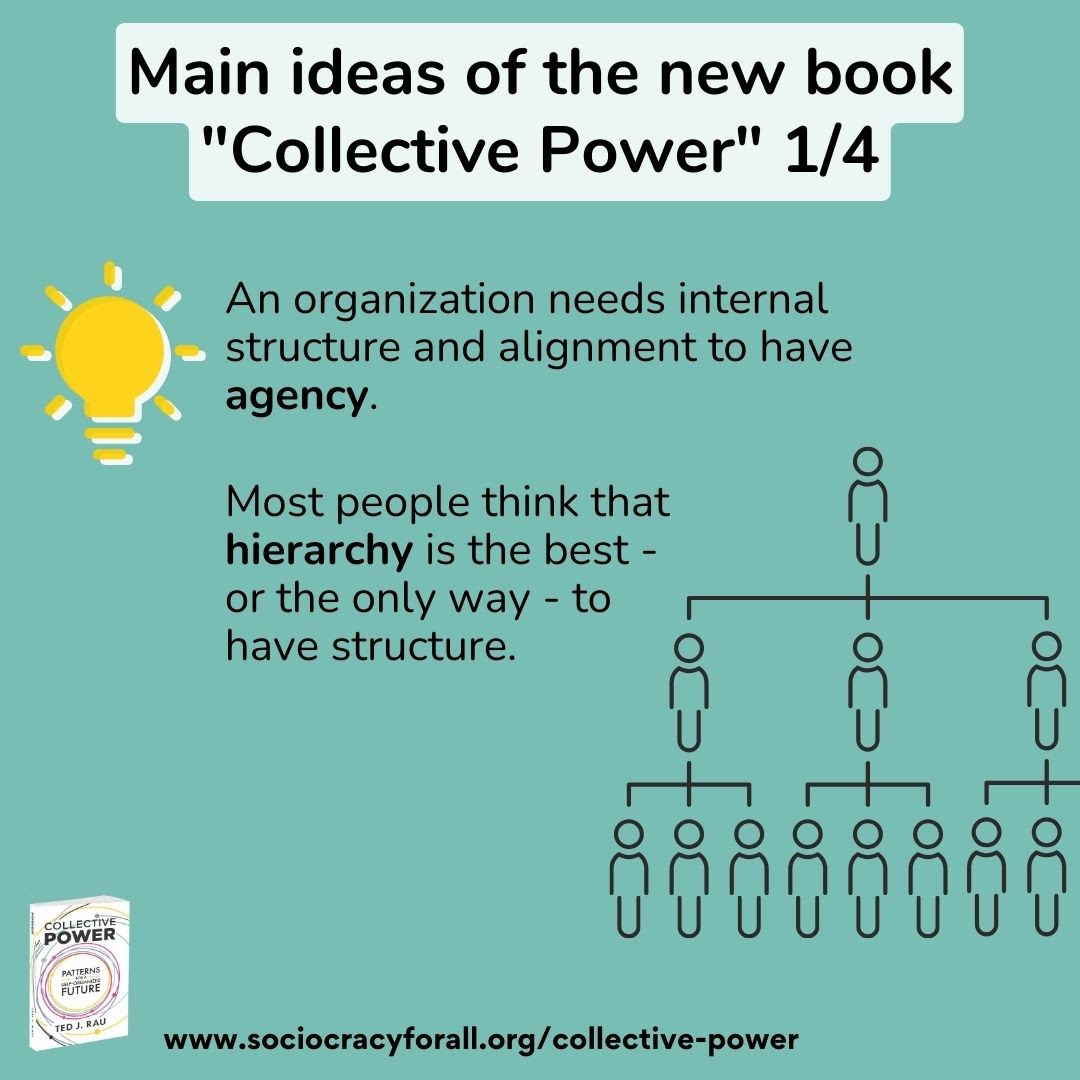 Main ideas image 1
Main ideas image 1
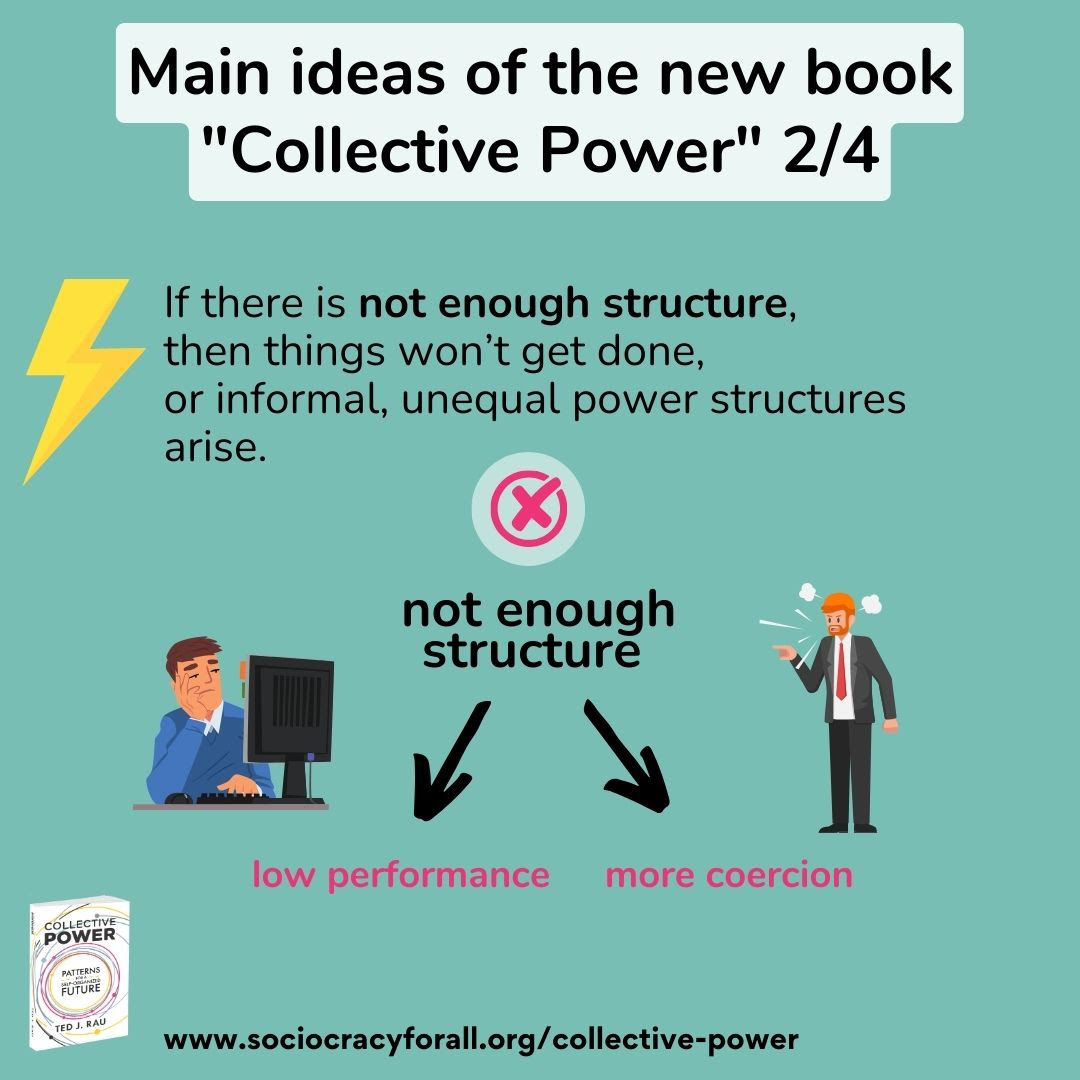 Main ideas image 2
Main ideas image 2
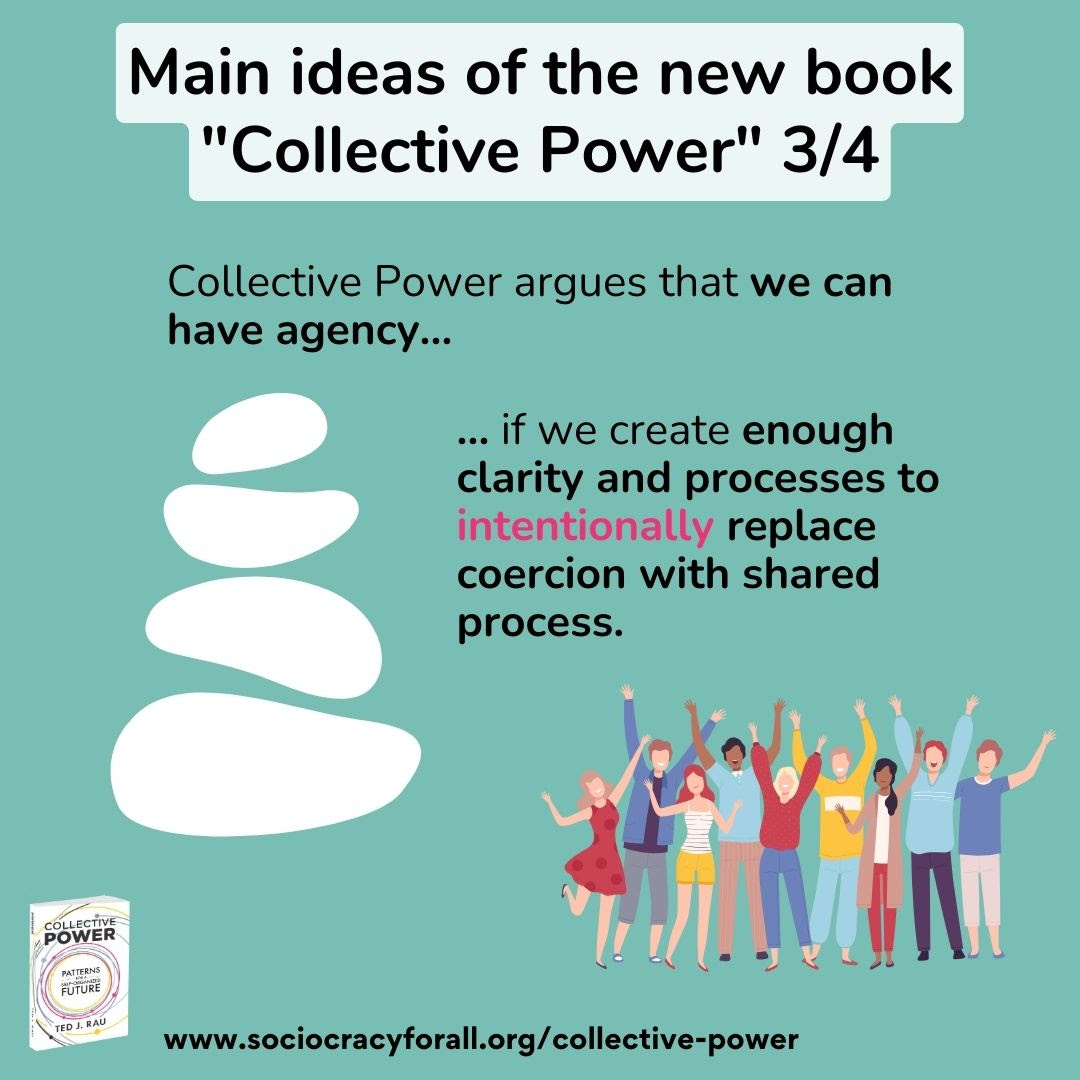 Main ideas image 3
Main ideas image 3
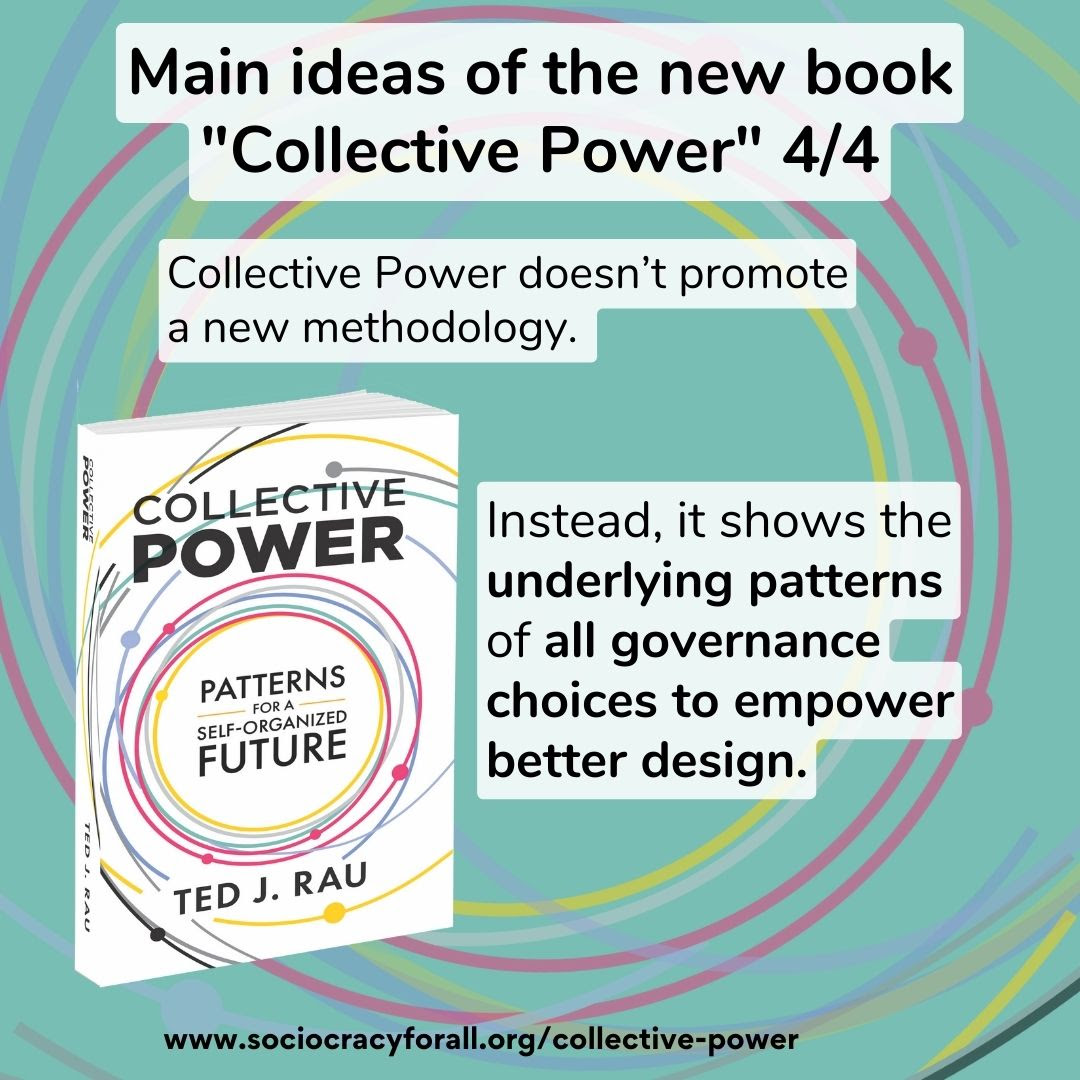 Main ideas image 4
Main ideas image 4
The following is from “Why Do Good People Make Bad Decisions?” originally published on LinkedIn.
The big question of our time is how to balance individual, collective and societal needs and structures to give us outcomes that set us on a trajectory of thriving, beautiful and connected lives.
A few years ago, I went to DC with my kids. Coming from a rural town, my kids were shocked at how many homeless people were on the streets. Particularly my daughter, maybe 11 years old, asked me: How can we let that happen? She was convinced that people “just don’t care enough”, and she told me that if she were president, she’d address it.
She was disappointed, angry, and in disbelief. And I didn’t know what to say. Of course she’s right.
But is the reason really that people don’t care? It’s easy to tell ourselves that, and we do it all the time. “They just don’t get it,” or “they just don’t care enough”, or “they’re just bad people” is what we tell ourselves.
Of course, it is more complicated than that. I’m not sure about you, but the longer I live, the more I see people around me who get up in the morning and want to do something positive and meaningful, the best they can and know. They want to live a life to be proud of. (And if you don’t see that, I recommend reading ProSocial World‘s or Rutger Bregman‘s work.)
But if people want good things, then why do bad things happen?
So where do things go amiss? And why?
Many believe that decentralization, collaborative decision-making, or better leadership will get us there. I think that’s a naive, simplistic view.
Instead, it’s because we underestimate systems, and particularly governance systems. Our current systems that guide the decisions made by humans are mostly optimized for selfish behavior and with little regard for the real complexity of the issues.
The issues around us need to be solved on a collective level. We need to pull ourselves out of the mess together and with consideration for the complexity and collectiveness of our issues. That means we need to optimize our systems for more collaboration – without limiting people’s autonomy and choice.
- We need a more nuanced view to understand how to hold the polarities between autonomy/freedom and alignment, between competition and cooperation, and between individuals and groups.
- These polarities need to be held in a way that is choice-based, self-organized, and doesn’t use coercion.
That’s the starting point for my new book, Collective Power. It dives into those questions on a very practical level.
- Who decides who decides what? And how do we decide that?
- Who decides what issues we spend time on? And how much time?
- How many rules are good, and when is it too much bureaucracy?
- How can we, in a decentralized way, deal with budgets or strategic prioritization?
- What could a society look like that builds on the values of choice and self-organization?
If you find yourself interested in the systems that run all of our groups and organizations, then this book will give you tons of food for thought.
The book is not a magic fix. Because there is no one magic fix.
This book is not trying to sell you one solution. It’s not telling you what to do. It gives you the information, options, and insights to optimize your processes and structures for the outcomes and values you want.
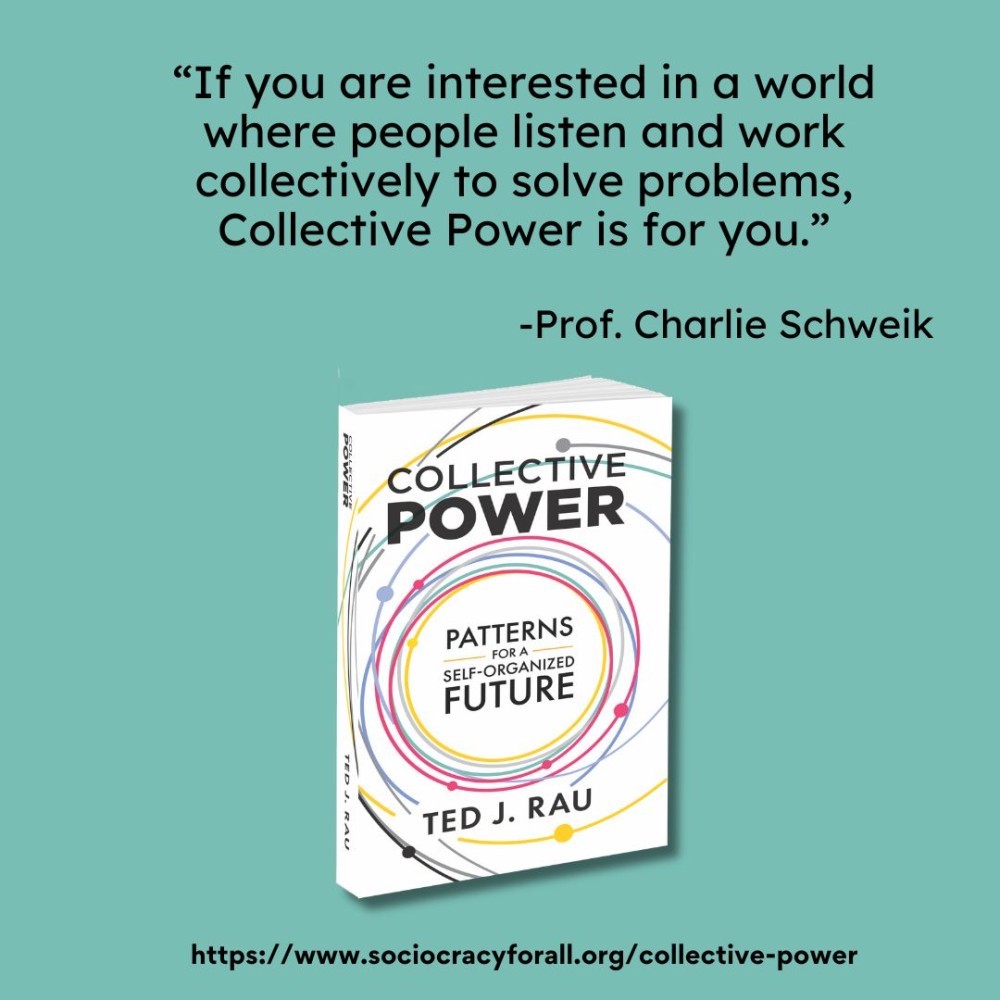
“Collective Power. Patterns For A Self-organized Future.”
On LinkedIn I’ll provide summary articles and videos on the main topics of the book and I’ll invite you to special deals and events and keep you in the loop. Subscribe Pre-order and receive your copy in October.
Republished with permission.
Featured Image added by Enlivening Edge Magazine.



